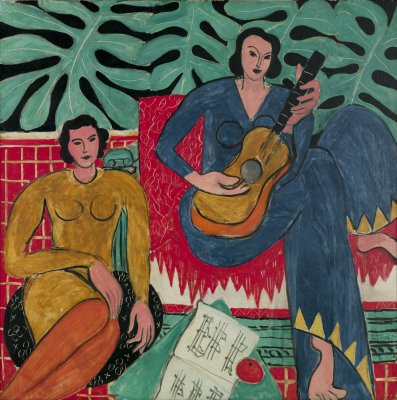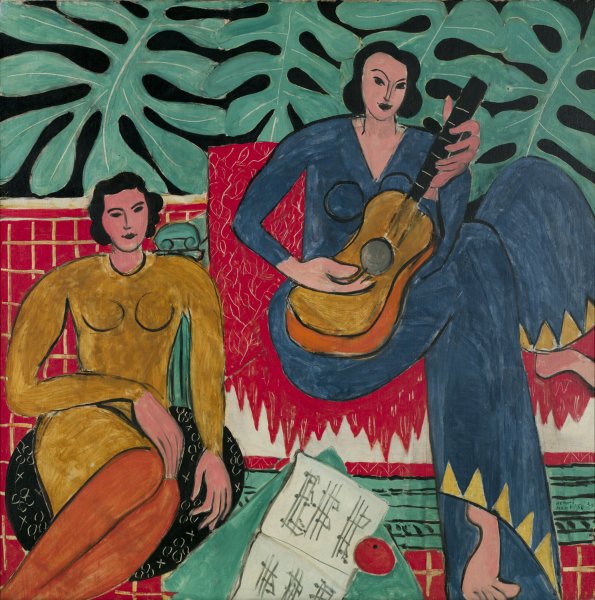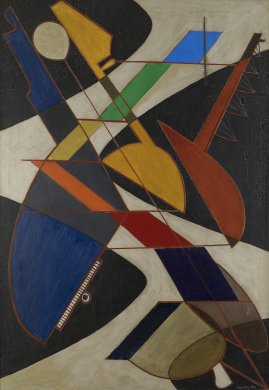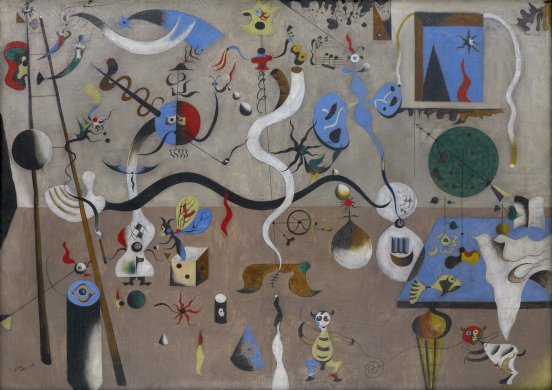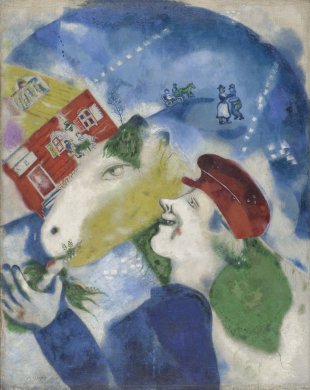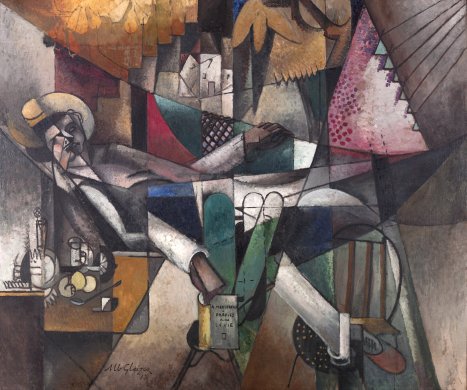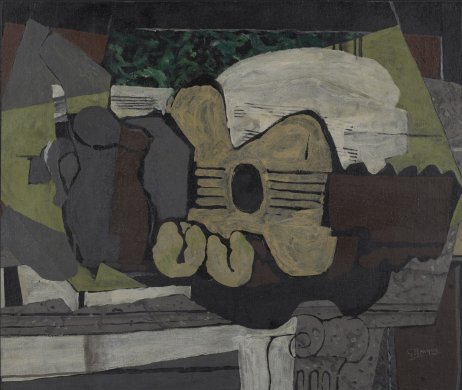Throughout his lifetime, Pablo Picasso moved in and out of many social circles. His closest friends included some of the greatest creative minds of the early twentieth century. Many of the works in Picasso: The Artist and His Models highlight how the artist’s personal relationships not only influenced his compositions but also helped steer the ever-changing course of his career.
When Pablo Picasso and Henri Matisse met in 1906, each artist was already aware of the other’s work. Their art was as dissimilar as their temperaments. They became friends, as well as rivals. The two argued more than they agreed; yet each admired the other’s creative talents. Matisse once called Picasso “capricious and unpredictable.” Picasso referred to Matisse’s paintings as “beautiful and elegant.” Matisse viewed composition as “the art of arranging in a decorative manner the various elements at a painter’s disposal for the expression of his feelings.” One of his goals was to create paintings that appeared effortless; in reality, the unity and rhythm he achieved were far from easy. All the compositional elements had to be placed with great care. In La Musique, various shapes are repeated throughout. A balanced color palette as well as a network of horizontal and vertical lines anchor the diagonals and the curves.
